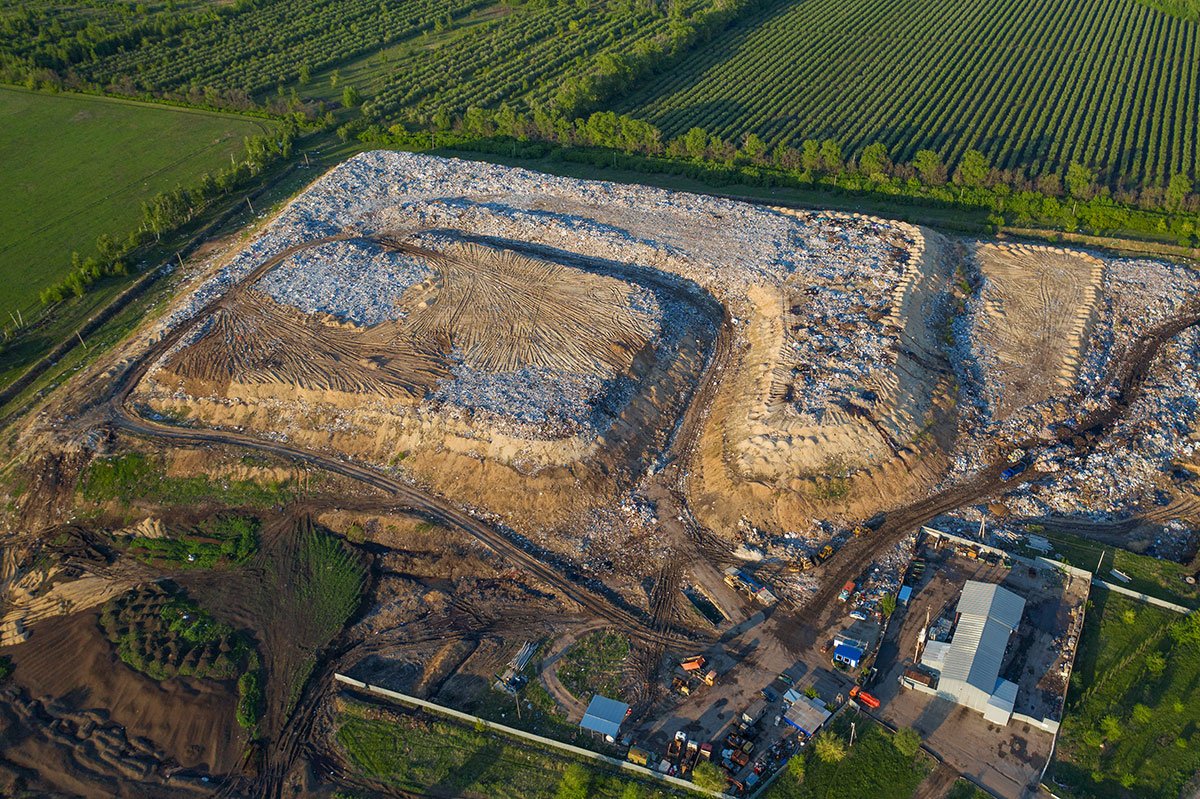
LFG
What is LFG?
Landfill Methane Emissions
How much methane?
Quantify
A different perspective
Landfill gas (LFG) is a natural byproduct of the decomposition of organic material in landfills. LFG is composed of roughly 50 percent methane (the primary component of natural gas), 50 percent carbon dioxide (CO2) and a small amount of non-methane organic compounds.
Municipal solid waste (MSW) landfills are the third-largest source of human-related methane emissions in the United States, accounting for approximately 14.5 percent of these emissions in 2020.
The methane emissions from MSW landfills in 2020 were approximately equivalent to the greenhouse gas (GHG) emissions from about 20.3 million passenger vehicles driven for one year or the CO2 emissions from nearly 11.9 million homes’ energy use for one year.

Benefits of using LFG
Reduces Greenhouse Gas Emissions
Reduces Air Pollution by Offsetting the Use of Non-Renewable Resource
Creates Health and Safety Benefits
Benefits the Community and Economy
Reduces Environmental Compliance Costs
